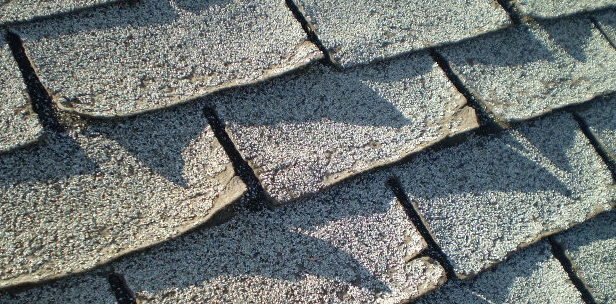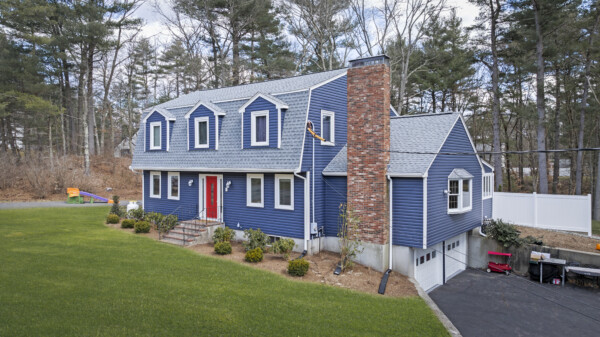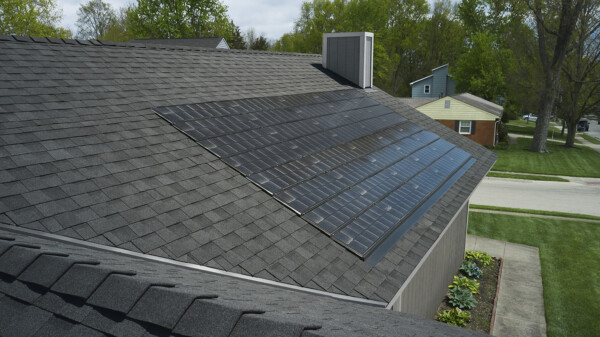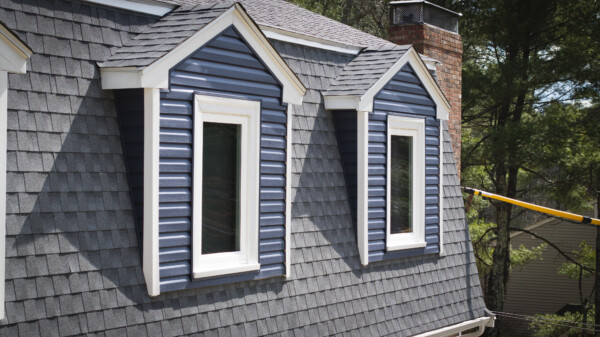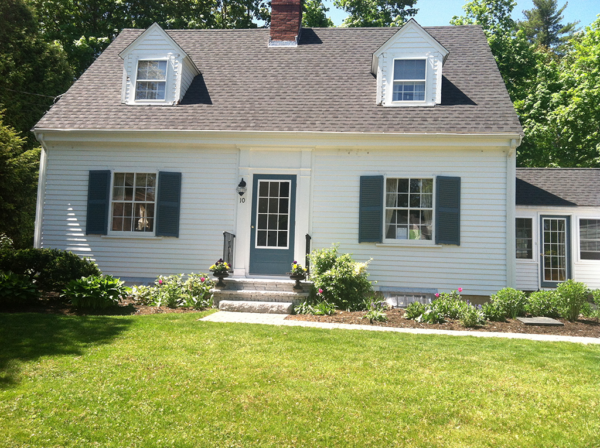
The roof is an essential system that works around the clock to keep homes cool in the summer, warm in the winter, and dry throughout all types of weather. However, we don’t want to forget the importance that a roof ventilation system plays with roof replacement. It’s critical for the health of your roof and attic, and lack of ventilation can have a dramatic impact on energy bills.
How Does Outside Air Access the Attic? Roof Ventilation Types to Consider
Roof vents are strategically placed to maximize airflow through the roof in the most efficient way possible. Fresh airflow has several entry points through roof vents, including:
Ridge vent
This vent helps prevent rot in the attic and the roof deck. It also reduces peeling of exterior and interior paint. This vent style is one of the most cost effective ways to remove excess heat during the hot summer months. For example, A Cobra Ridge Vent limits the growth of harmful mold and safeguards your attic possessions against mildew damage. It can guard against ice damming in our harsh winter climates and promotes energy efficiency by reducing excessive heat in the attic.
Gable vent
These vents are both functional and aesthetic. These are visible on the front of the house or a roof and add architectural interest to the home. They are typically installed in an area where two slopes of the roof form a triangle.
Soffit vent
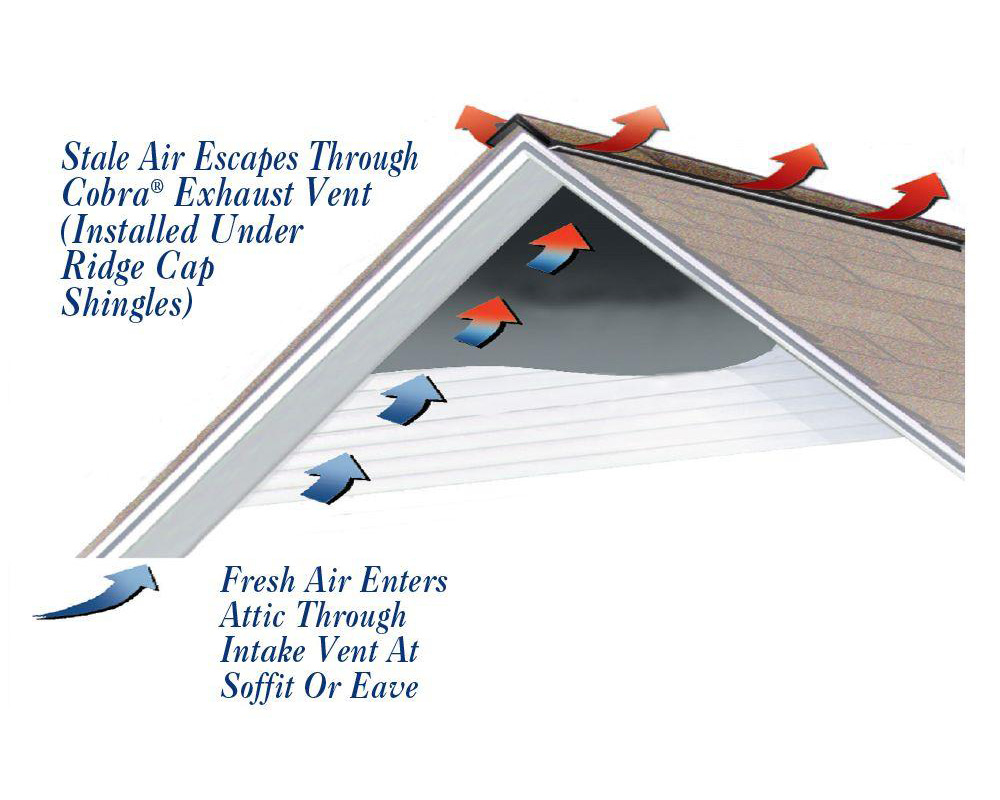
This is a vent that is installed on the underside of the home’s eaves, otherwise known as the soffit. The purpose of soffit is to block wind-driven rain and moisture from entering the attic, which is critically important in coastal areas such as New England.
You can find these installed as individual vents or as vents that run continuously to the full length of the soffit. Continuous soffit vents are best for cold climates since warm air that’s next to heated siding can rise and melt snow from the roof—resulting in ice dams in the winter.
Once air makes its way through one or more of the roof vents, it circulates through the attic and helps the home breathe.
How Does Air Circulate Through the Attic? A Look at Energy Efficient Roofing
This diagram from Green Building Advisor shows how airflow may enter through the soffit vents and into the attic space. While air isn’t necessarily smart enough to follow this exact path indicated by the arrows, it shows the significance of roof ventilation and soffit ventilation for the attic space.
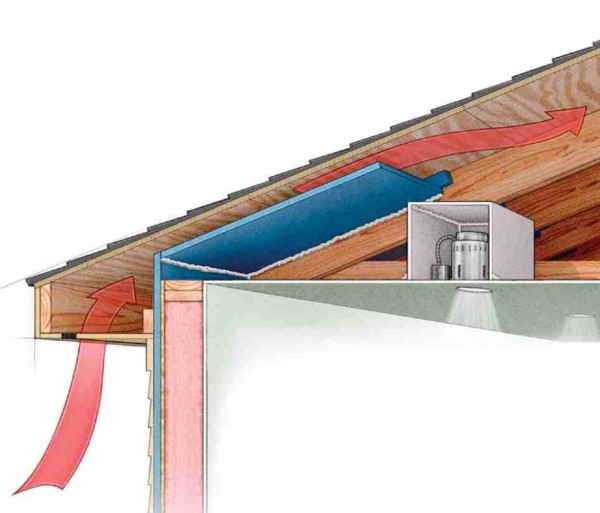
Once the air flows through the soffit vent and into the attic, it’s able to escape through the ridge vents on top of the roof. This is an ideal situation that keeps airflow circulating through the attic space. The goal is keeping the home at a comfortable temperature while keeping utility bills low.

The key is to have both outtake and intake vents for air to properly circulate. It eliminates moisture that can result in wood rot or ruining personal belongings, prevents ice dams, and reduces the energy used by your HVAC system.
What Happens to Homes Without Attic Airflow?
While it’s true that the home’s thermal envelope should be airtight to conserve energy. However, this isn’t necessarily the case with the roof. In fact, it’s critical to allow air to pass through the roof and attic space for several reasons:
High Energy Bills

No airflow through the roof will cause the roof surface temperature to skyrocket during the summer months—leading to high utility bills that continue to climb along with the temperature. During the hottest days of the year, asphalt roofing can reach very high temperatures. According to the Department of Energy, your roof can be 50 degrees hotter than the outside temperature. This intense heat can lead to problems such as bucking, curling, and cracking of the shingles. Shingles can become destroyed under these circumstances in as little as two years.
Hot and Uncomfortable Home
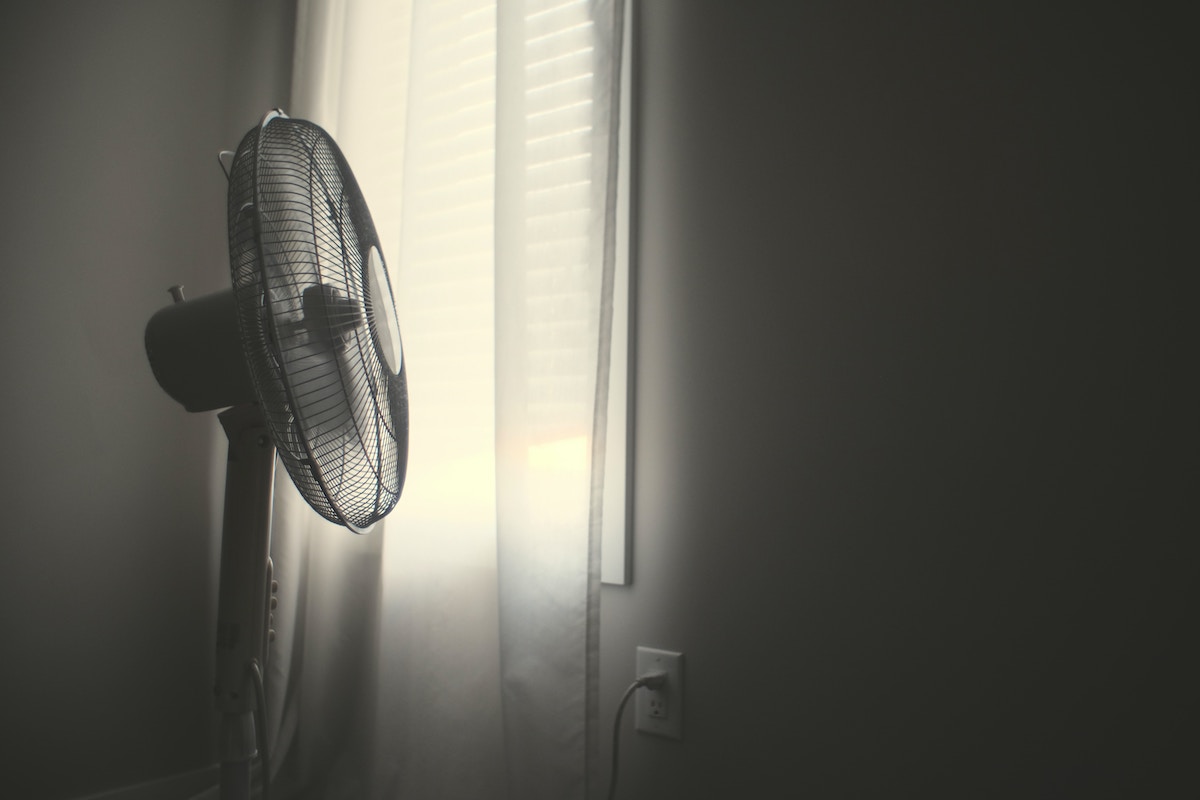
Lack of roof ventilation can also make the attic astronomically hot during the summer. Little or no airflow only contributes to the heat while causing shingles to buckle.
Mold Growth
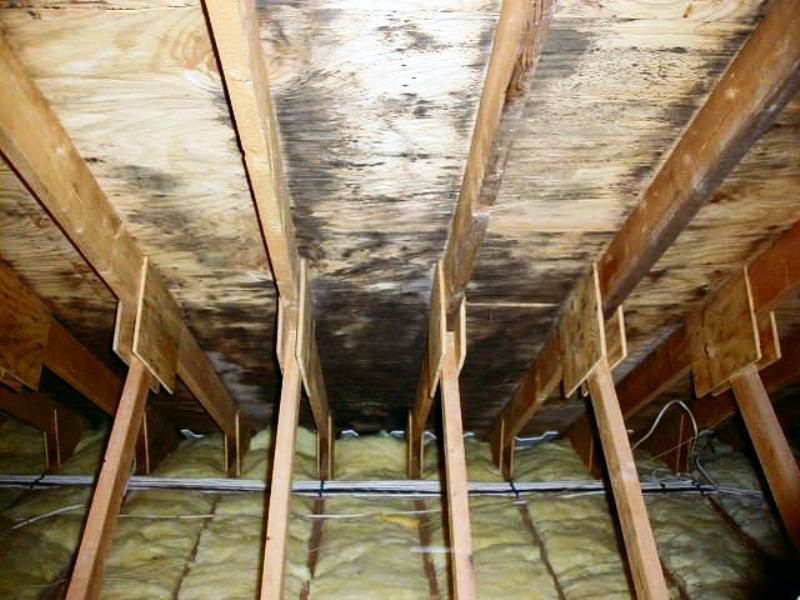
Without airflow in the attic, moisture can build up and eventually turn into condensation on surfaces such as rafter beams, leading to possible (and major) complications with water damage. According to the CDC, a well-ventilated and non-leaky roof is one of the best ways to control mold in the home. Otherwise, mold exposure subjects your family to potential symptoms. Examples include upper respiratory complications, lung disease, and even cancer.
An attic space without airflow is a recipe for disaster in most cases. It’s needed to cool the roof temperature and even help prevent ice dams during the winter. The attic space should be cool and ideally at or below outdoor temperature. This is a sign that heat is escaping during the summer—which is key to keeping utility bills low during the hottest times of year.
Looking for Energy Efficient Roofing? Try Solar Roof Shingles

Solstice Shingle on the house (will be installed by the time of the shoot), and Solstice One on the shed. Certainteed Solar Shingles shot at the plant in Fremont California.
Many homeowners wonder about roof ventilation systems in terms of energy savings. Asphalt roofing with a sound ventilation system can certainly help regulate indoor temperature and save you money on energy bills. However, there is another contender to consider–solar roof shingles.
Getting the benefits of solar panels without the bulk, homeowners choose solar for a variety of reasons, including potentially saving over 100% on energy bills each month. If you want to go solar, reach out to us as the local solar roofing contractors!
Save More Energy with Roofing Ventilation: See Your New Roof for FREE in 3D!
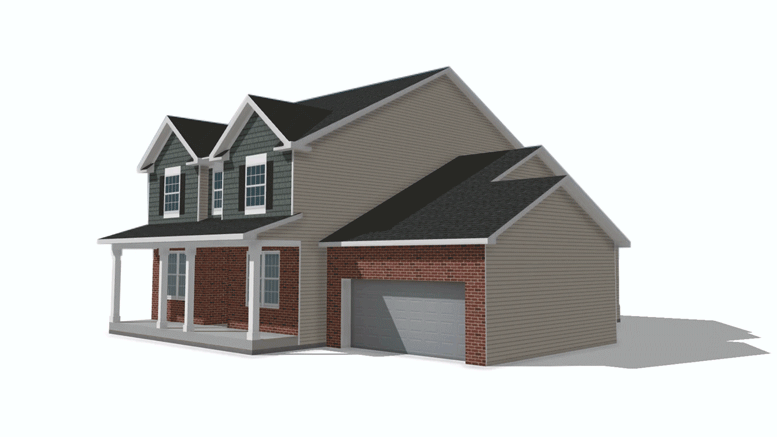
Having the appropriate attic insulation, baffling, soffit vents, and ridge vents is your home’s best bet for battling against ice dams and hot attics. In New England, this is extremely important for homeowners. Get your home in peak performance for every season by booking a free design consultation. You can see your home for FREE in 3D with a new roof! Click here to get started.
If you suspect that your roof is the culprit for high utility bills, you’ll want to call Coastal Windows & Exteriors to discuss your options. Our roofs are designed to increase airflow while lasting a lifetime—which maximizes your investment and lowers energy consumption in the home. If your attic is overheating, then you’re overpaying on your energy bills. Don’t hesitate to contact us now for a free estimate.
[/fusion_text][/fusion_builder_column][/fusion_builder_row][/fusion_builder_container]


